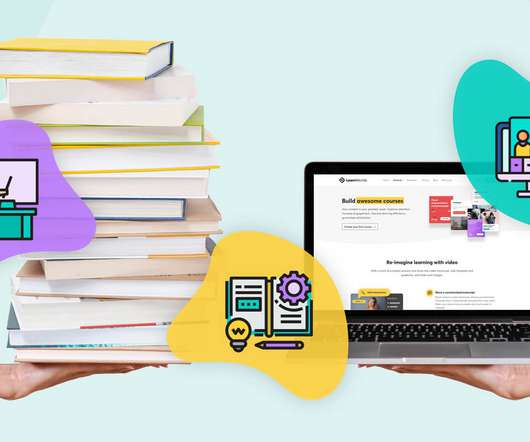Asynchronous Vs. Synchronous Learning: What’s Best for Your Students
Hurix Digital
DECEMBER 30, 2020
in 2004 to 43.1% These schedules are – synchronous and asynchronous learning. While synchronous learning subscribes to the conventional mode of real-time teaching, asynchronous learning is highly non-traditional and learner-centric in context and approach. What is Synchronous Learning? Dynamic Learning .


















Let's personalize your content